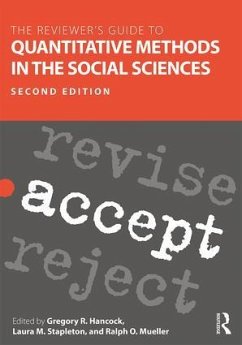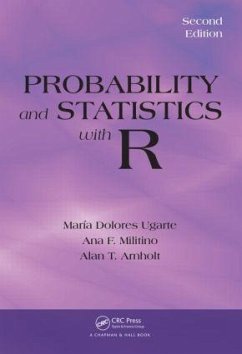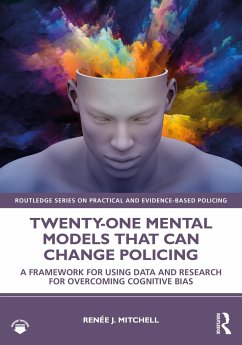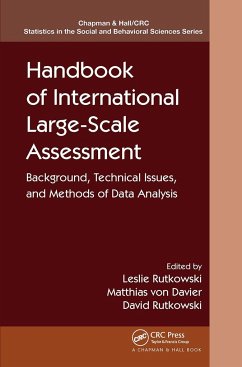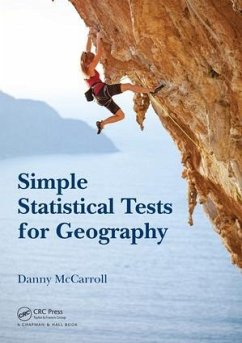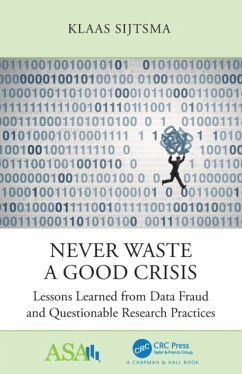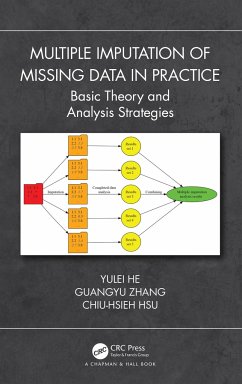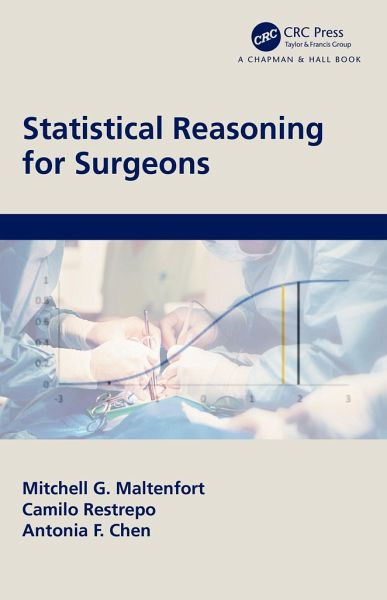
Statistical Reasoning for Surgeons
Versandkostenfrei!
Versandfertig in 6-10 Tagen
56,99 €
inkl. MwSt.
Weitere Ausgaben:

PAYBACK Punkte
28 °P sammeln!
Trying to read up on statistics can be like trying to decide where you want to start eating the elephant and what's the most digestible way to get it down. This book is written to give bite-size nuggets of insight based on our experiences grappling with datasets large and small. It is intended to bridge the gap between the formal equations and the practicalities of generating a research manuscript. We won't pretend reading it will answer all your questions but it will help explain what questions need to be asked for your study and how you can address them with both accuracy and clarity. The si...
Trying to read up on statistics can be like trying to decide where you want to start eating the elephant and what's the most digestible way to get it down. This book is written to give bite-size nuggets of insight based on our experiences grappling with datasets large and small. It is intended to bridge the gap between the formal equations and the practicalities of generating a research manuscript. We won't pretend reading it will answer all your questions but it will help explain what questions need to be asked for your study and how you can address them with both accuracy and clarity. The size, detail and (ostensible) organization of this book allow for easy reading and can give a leg (or at least a half-step) up for those seeking more detailed study later.
Features include:
Excel sheets to allow exploration of topics raised
Emphasis on intuitive explanations over formulas.
Consideration of issues specific to clinical and surgical studies
Our audience is someone who may or may not have enjoyed formal statistics education (that is, you may have had it and not enjoyed it!) who may like seeing a more dressed-down presentation of the topics. Actual statisticians may pick this up at risk of a chuckle (with us or at us) and may find some useful ways to present topics to non-statisticians.
Features include:
Excel sheets to allow exploration of topics raised
Emphasis on intuitive explanations over formulas.
Consideration of issues specific to clinical and surgical studies
Our audience is someone who may or may not have enjoyed formal statistics education (that is, you may have had it and not enjoyed it!) who may like seeing a more dressed-down presentation of the topics. Actual statisticians may pick this up at risk of a chuckle (with us or at us) and may find some useful ways to present topics to non-statisticians.




